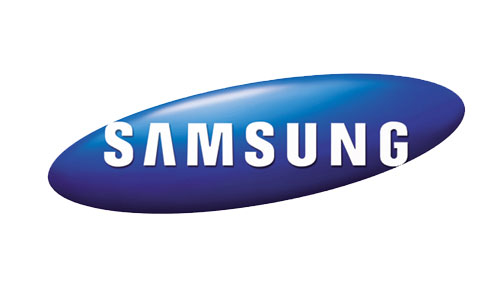Samsung launches advanced mobile camera technology


Samsung has announced new advanced pixel technology for CMOS image sensors, which lets owners of premium mobile devices take clearer, high-quality pictures.
In a press release, the South Korean firm said Isocell advanced pixel technology increases a camera's light sensitivity and is able to control the absorption of electrons, which results in high-color, sharp images even in poor lighting conditions.
Destined for the firm's range of premium smartphones and tablets, Samsung claims Isocell "improves the image quality and enhances the user experience" of mobile devices that integrate CMOS image sensors.
The quality of a camera's image sensor is determined by the amount of light captured by the individual pixels within the sensor array. Buyers of smartphones and tablets are now demanding higher-quality cameras and image quality, and Icocell technology is the result of shrinking pixels and refusing to increase the camera size. In order to complete this aim, the electronics maker built upon past techniques and formed a physical barrier between neighboring pixels -- isolating individual pixels -- which increases the amount of photons that can be collected and absorbed by the camera's sensors.
Samsung says this technique, which is patent pending, improves light capture and efficiency by 30 percent.
Taehoon Kim, vice president of System LSI marketing at Samsung Electronics said:
"Through advances in pixel and process technology, smartphone and tablet cameras have made it easier than ever for consumers to capture and share beautiful, clear images with the world. Isocell technology is yet another innovation that significantly raises the bar in image quality, and demonstrates Samsung's technology leadership in image sensors for mobile devices."
This post originally appeared on CNET.